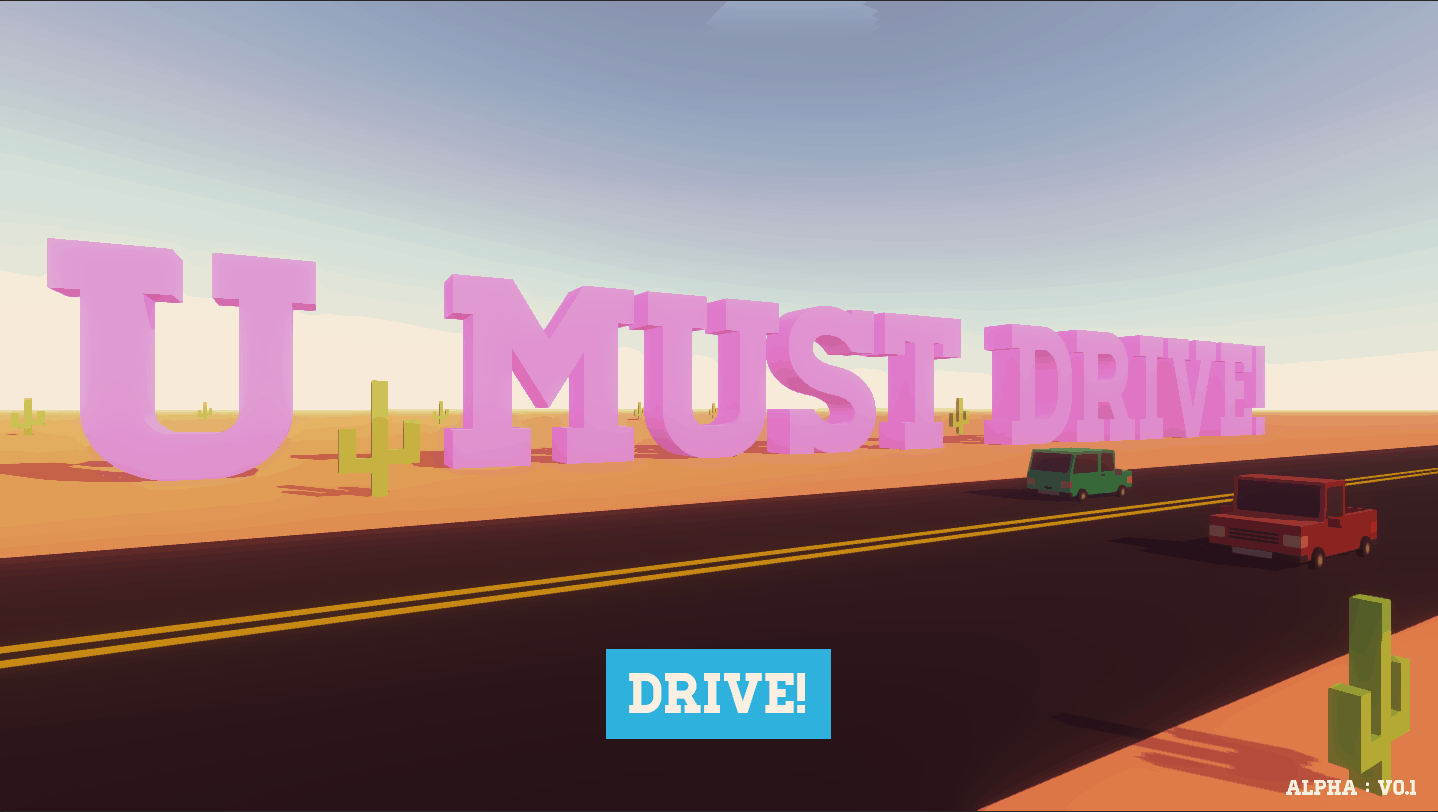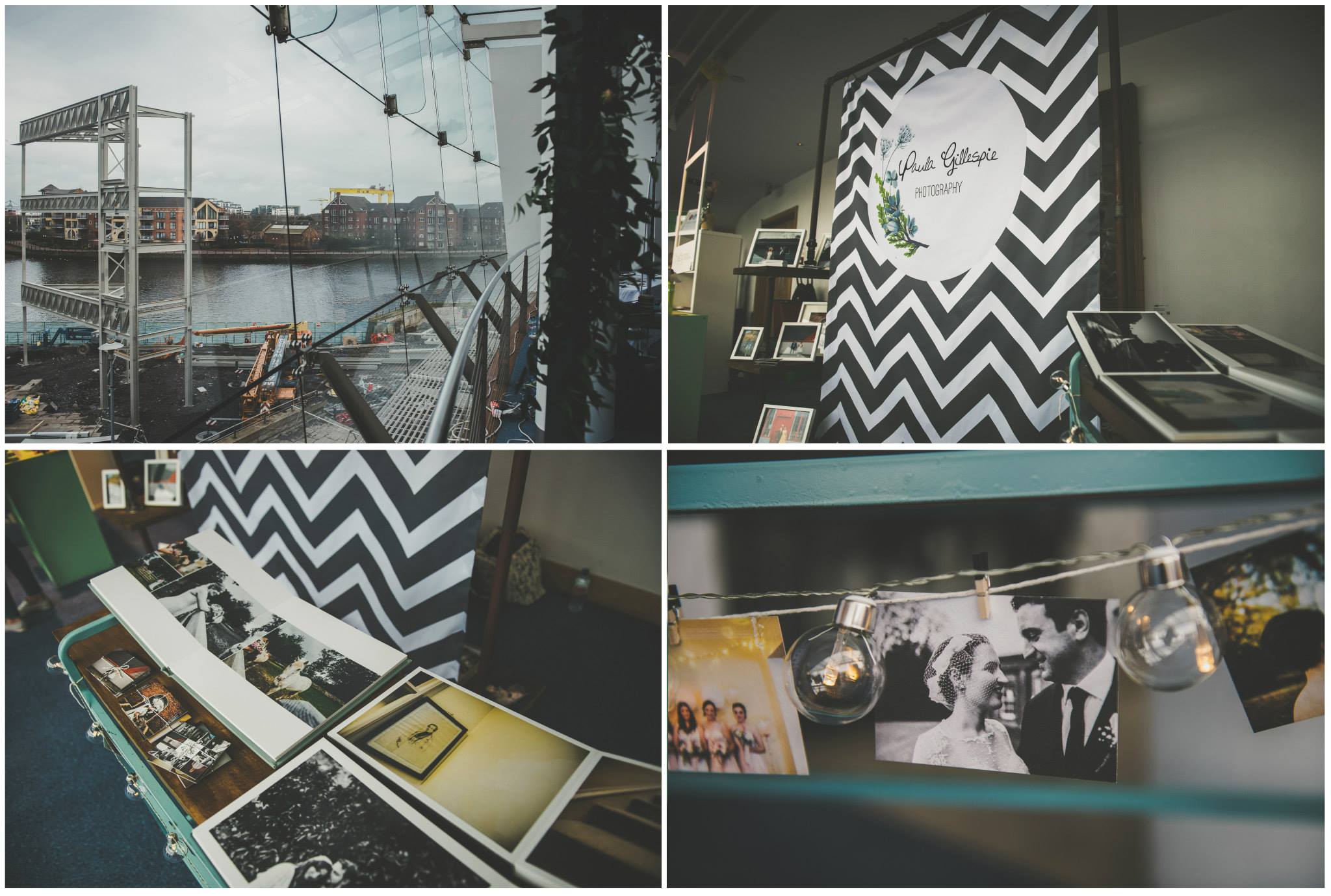As the project went along i had just been piling assets in the engine, testing plugins and upgrading zigfu drivers/bindings. Basically i had a complete mess in the project folder and when your about to begin putting the whole thing together its not ideal. The main concern at that stage was the workflow. It would have been a head ache to re-organise so i decided to start from scratch. Everything was in place and i knew exactly how to build it but still a daunting task having to start reimporting everything and sorting materials, textures etc.. But once you can visualize it and know all the components that are required its just a matter of going at it. The added benefit was that having a unity project you’ve thrown work into and then going about recreating it in a logical fashion it just becomes a lot more organised and easier to work with. Normally i’d just prototype and iterate, mostly out of a fear of having to build something twice. On this occasion i found it surprising how much you can get done with the hindsight of a previous version.
First things first. The requirements:
Reasons for the set rotation
The reason for the set rotation is due to the motion control. I didn’t want to load scenes as its a park and works better as a self contained environment. The other option to set rotation was to move the avatars which would have been a head ache to achieve as they are locked to a users position.
Problems with set rotation
The main problem is object parenting. If you create an object then rotate the set the created object wont rotate. You just have to parent it to the transform of the rotation or object within the rotation hierarchy. Not too difficult but something to consider that becomes quite repetitive when you go to code a lot of instantiated objects.
pseudo code:
get rotation point transform
instantiated object parent = rotation point object transform




